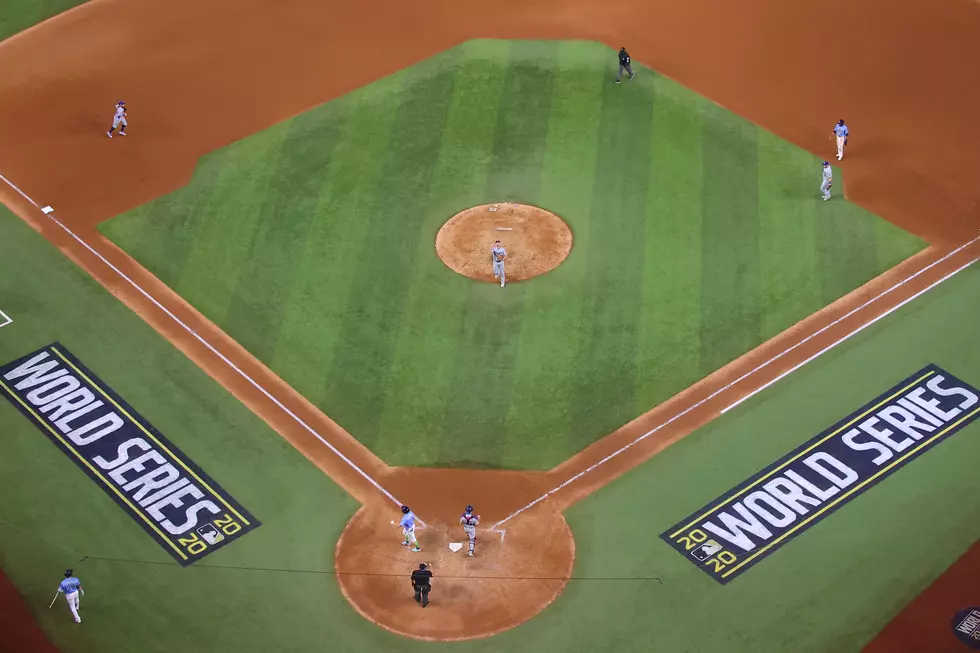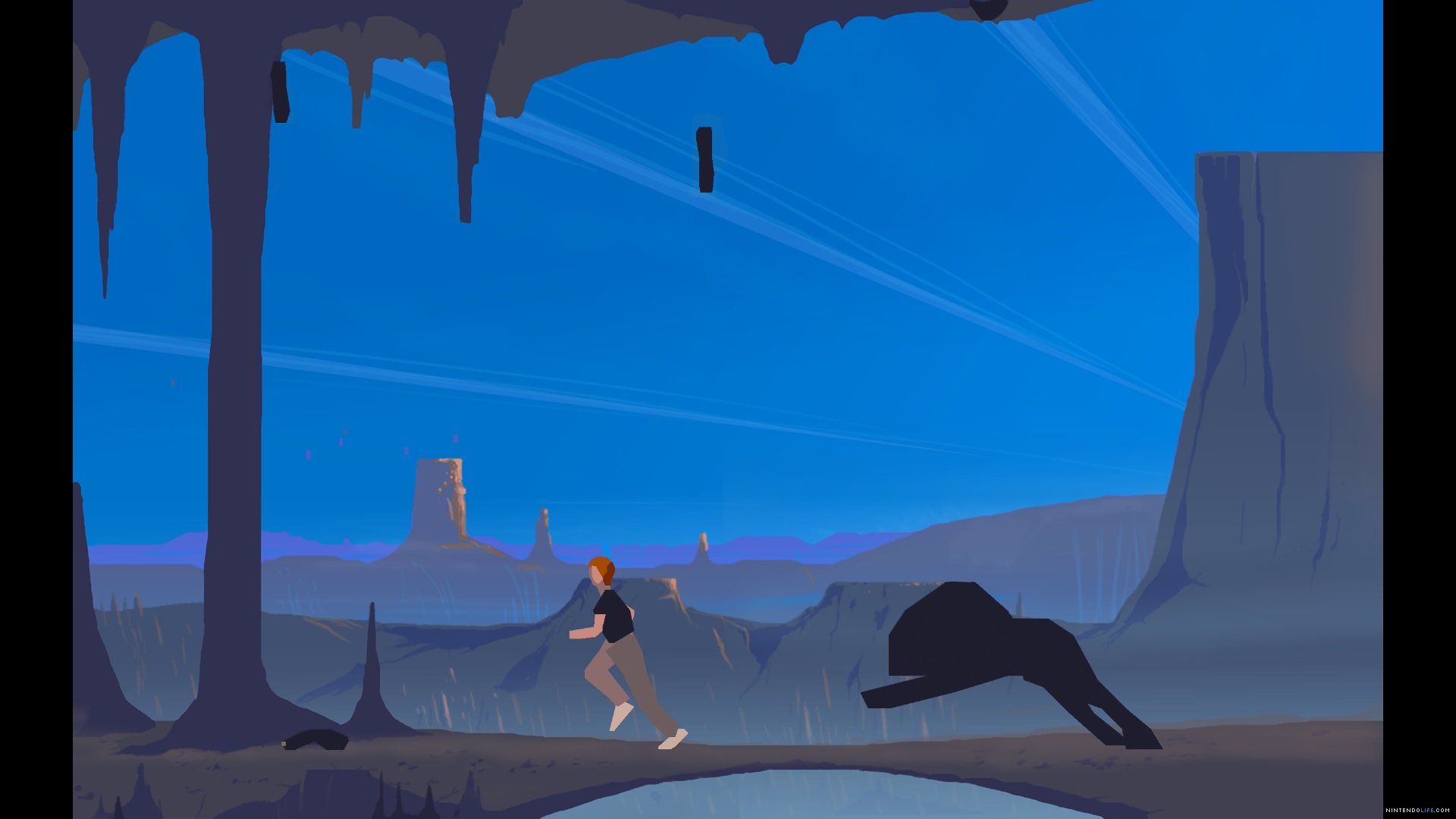Is a world series game today night
I have never reviewed an app before, but I just have to write this one… I am so impressed by my new ability to name all country capitals and even locate them on a blank map! https://ajiramedia.com/ I don’t know how this app does it, but it’s highly successful. For 12 whole months, there hasn’t been a week where I haven’t opened this app. I love improving and practicing my geographical knowledge with it. It truly is incredible; I cannot recommend it enough! Before finding this app, I downloaded dozens to see which style of testing I like best, this one beat them all. 5 stars!
It’s so important to know the world we live in. But it’s so huge! There are so many countries, cities, flags, rivers, seas and more than 7 billions of people. Do everyone know all countries of the world? Probably not 🙂 Some people even don’t know neighboring countries.
Even though there are 195 countries, some stand out on the map more than others. Russia, for example, is just over 17 million square kilometers, while the Canada, the United States, and China are all over 9 million square kilometers. Identifying those may not challenge your geography trivia too much, but this map quiz game has many more countries that may test you.
I’m 64 and have been embarrassed for years I don’t have a clue where most countries are on a world map. I tried out several apps before finding this one. I’m slowly learning where countries are on every continent. The app makes it fun, once I got through the first few lessons when I missed every answer! I’m also astonished at the size of some countries….who knew Ukraine was so huge compared to Vietnam? And Japan is so tiny. I’m well educated (three masters and two bachelors) and consider myself a lifetime learner, so I’m glad for this opportunity to continue learning at home all by myself.
Customers have mixed opinions about the size of the tabletop game. Some mention it’s compact and good for road trips or camping, while others say it’s definitely smaller than expected. The map is super small and the compartments are only big enough to fit the full deck.
World series game 6
Despite the struggles both pitchers faced in Game 7, both Bruce Hurst and Ron Darling were the best starting pitchers on their respective staffs during the World Series. Both finished with 2–0 records and sub-2.00 ERAs, with Darling’s 1.35 ERA topping Hurst’s 1.96 although Hurst issued fewer walks and struck out more batters. Hurst had been voted MVP prior to the Mets’ Game 6 comeback, but that comeback, and the Mets’ Game 7 victory, kept Bobby Richardson of the 1960 New York Yankees as the only World Series MVP from a losing team.
Hedge fund manager and current Mets owner, Steven A. Cohen, revealed in an interview that he currently owns the Buckner ball from Game 6. He has stated that he would donate the ball to the Mets Museum at Citi Field.
The Dodgers splurged more than $1 billion in a winter that saw them add Shohei Ohtani, Yoshinobu Yamamoto and Tyler Glasnow, among others. But the following autumn presented a dizzying array of challenges. They needed to overcome a rotation that had been whittled to three starting pitchers after injuries knocked out Glasnow, Clayton Kershaw, Gavin Stone and Emmet Sheehan. They needed to figure out how to get consistent offensive production even though their No. 3 hitter, Freddie Freeman, was severely hampered by a sprained right ankle.

Despite the struggles both pitchers faced in Game 7, both Bruce Hurst and Ron Darling were the best starting pitchers on their respective staffs during the World Series. Both finished with 2–0 records and sub-2.00 ERAs, with Darling’s 1.35 ERA topping Hurst’s 1.96 although Hurst issued fewer walks and struck out more batters. Hurst had been voted MVP prior to the Mets’ Game 6 comeback, but that comeback, and the Mets’ Game 7 victory, kept Bobby Richardson of the 1960 New York Yankees as the only World Series MVP from a losing team.
Hedge fund manager and current Mets owner, Steven A. Cohen, revealed in an interview that he currently owns the Buckner ball from Game 6. He has stated that he would donate the ball to the Mets Museum at Citi Field.
Another world game
After evading a number of dangerous indigenous animals, Lester is captured by a race of humanoid aliens and taken to a subterranean prison camp. Lester escapes along with an alien captive known as «Buddy» and the two must evade capture while travelling through a series of dangerous environments, battling alien soldiers and wild creatures while solving numerous puzzles in order to survive. The duo traverse the prison complex, a cave system and a tower structure. In the game’s climax, Lester is severely wounded by one of the aliens, but with the help of his alien friend, manages to kill his attacker and escape. After reaching the top of the tower, Lester collapses, but is promptly joined by Buddy, who picks Lester up and the two escape on a dragon-like creature, flying off to the horizon.
After 17 months of development, Chahi was only about one-third finished with the game, and realized that this rate would have been impractical. He began to take steps to simplify the development, including reusing background graphics and creating building blocks that allowed him to focus more on the game’s puzzles. At the same time, he began to seek a publisher for the game. He first spoke to his former employer, Delphine Software, but also sought other distributors. One, Virgin, was favourable to Chahi’s game but had suggested that he change it to a point-and-click style adventure game. Chahi had considered changing the game in line with this request but realized «the effort to do this would have been too huge, and some friends who played the game loved it.» Ultimately, he accepted Delphine’s offer in June 1991, and set a tentative release date in November. To meet this deadline, Chahi used storyboards to sketch out the rest of the game’s plot, balancing the overall pacing of the game. One ending captured on these storyboards, but abandoned, was Lester becoming the leader of the alien world. Chahi also argued for his own cover art for the game even with the time crunch for release; he had been disappointed in cover art that was foisted on his games by previous publishers and insisted he be allowed to create it for this game. The game was finished in 1991, which inspired the game’s tagline: «It took six days to create the Earth. Another World took two years»; Chahi noted his own exhaustion at completing this project is mirrored in the near-death of Lester at the end of the game.
Many reviewers criticized the short length of the game. Chahi, working for 16 hours a day for two months, responded by creating a new level just before the amphitheatre scene, when the alien friend rescues Lester at the end of a long dead-end corridor. Chahi said: «I like this extra level a lot because it reinforces the close relationship between the hero and the alien by developing their mutual aid.» Also added were more dangers and more save points. This ended up being the 1992 DOS version, which was coded by Daniel Morais, and had the exact code wheel protection of the Amiga and ST versions. The Macintosh features higher resolution than the DOS version, but is otherwise identical.

After evading a number of dangerous indigenous animals, Lester is captured by a race of humanoid aliens and taken to a subterranean prison camp. Lester escapes along with an alien captive known as «Buddy» and the two must evade capture while travelling through a series of dangerous environments, battling alien soldiers and wild creatures while solving numerous puzzles in order to survive. The duo traverse the prison complex, a cave system and a tower structure. In the game’s climax, Lester is severely wounded by one of the aliens, but with the help of his alien friend, manages to kill his attacker and escape. After reaching the top of the tower, Lester collapses, but is promptly joined by Buddy, who picks Lester up and the two escape on a dragon-like creature, flying off to the horizon.
After 17 months of development, Chahi was only about one-third finished with the game, and realized that this rate would have been impractical. He began to take steps to simplify the development, including reusing background graphics and creating building blocks that allowed him to focus more on the game’s puzzles. At the same time, he began to seek a publisher for the game. He first spoke to his former employer, Delphine Software, but also sought other distributors. One, Virgin, was favourable to Chahi’s game but had suggested that he change it to a point-and-click style adventure game. Chahi had considered changing the game in line with this request but realized «the effort to do this would have been too huge, and some friends who played the game loved it.» Ultimately, he accepted Delphine’s offer in June 1991, and set a tentative release date in November. To meet this deadline, Chahi used storyboards to sketch out the rest of the game’s plot, balancing the overall pacing of the game. One ending captured on these storyboards, but abandoned, was Lester becoming the leader of the alien world. Chahi also argued for his own cover art for the game even with the time crunch for release; he had been disappointed in cover art that was foisted on his games by previous publishers and insisted he be allowed to create it for this game. The game was finished in 1991, which inspired the game’s tagline: «It took six days to create the Earth. Another World took two years»; Chahi noted his own exhaustion at completing this project is mirrored in the near-death of Lester at the end of the game.
Many reviewers criticized the short length of the game. Chahi, working for 16 hours a day for two months, responded by creating a new level just before the amphitheatre scene, when the alien friend rescues Lester at the end of a long dead-end corridor. Chahi said: «I like this extra level a lot because it reinforces the close relationship between the hero and the alien by developing their mutual aid.» Also added were more dangers and more save points. This ended up being the 1992 DOS version, which was coded by Daniel Morais, and had the exact code wheel protection of the Amiga and ST versions. The Macintosh features higher resolution than the DOS version, but is otherwise identical.
